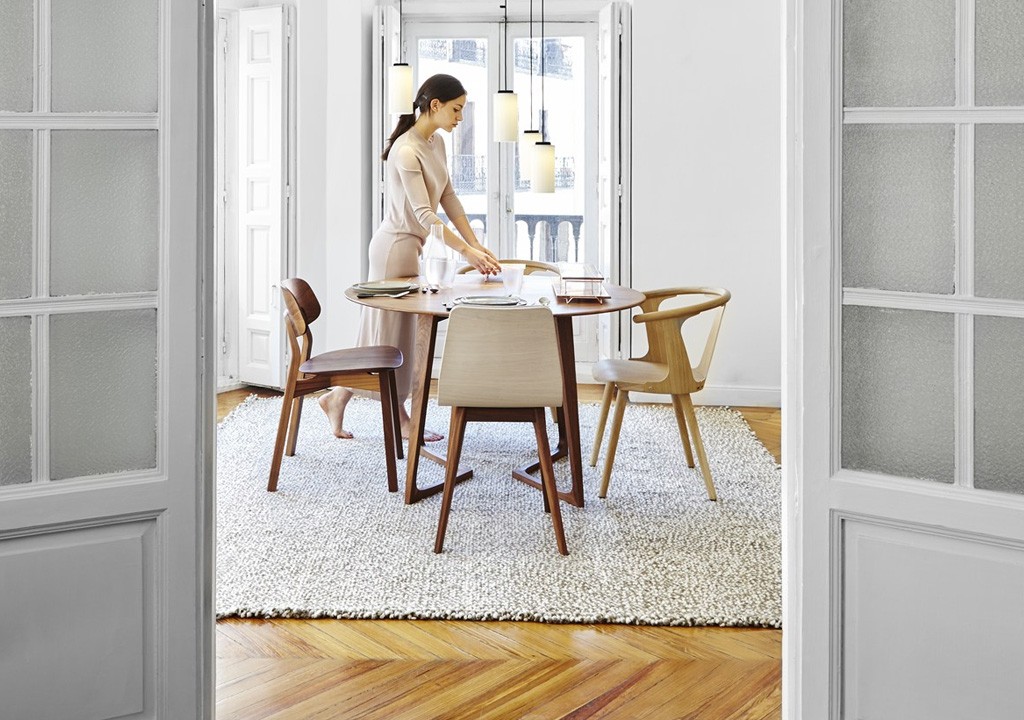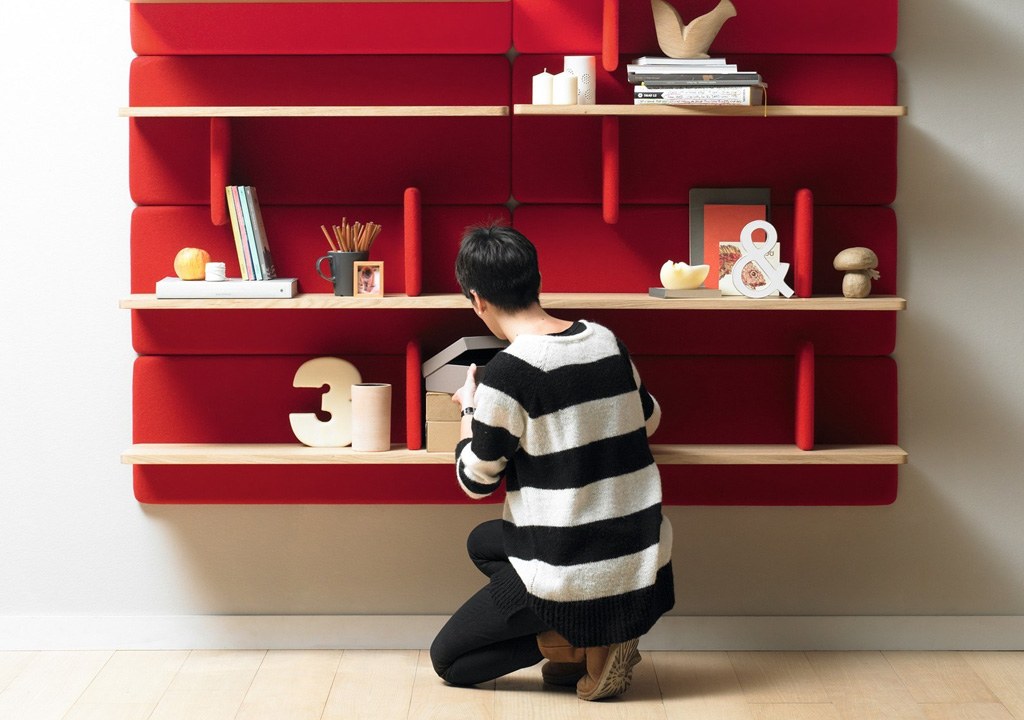Interior designers have evolved significantly, expanding their responsibilities beyond mere aesthetics. Today, they often manage turnkey projects, overseeing everything from space planning to selecting furnishings. Many interior designers collaborate closely with mechanical, electrical, and plumbing (MEP) consultants to ensure that the functional aspects of a space are addressed.
Comprehensive Space Planning: Interior designers excel at creating layouts that maximize usability while reflecting the client’s vision and style.
Project Management: Many interior designers take on project management roles, coordinating with contractors and other consultants to ensure that projects run smoothly and meet deadlines.
Client-Centric Approach: Their focus on the client’s needs enables them to craft personalized spaces that enhance both functionality and aesthetic appeal.
The Crucial Role of Architects
While interior designers have broadened their skill sets, architects remain indispensable for several reasons:
Structural Integrity: Architects possess the technical knowledge necessary to design safe and structurally sound buildings. They consider factors like load-bearing walls and foundations, which are crucial for the safety of any construction.
Building Codes and Regulations: Navigating local building codes, zoning laws, and permits is complex. Architects are trained to ensure compliance with these regulations, safeguarding against legal issues that could arise during construction.
Holistic Design Vision: Architects take a comprehensive approach, integrating both the exterior and interior design of a building. Their expertise ensures that the overall vision is cohesive and functional, aligning aesthetics with structural elements.
Coordination of Disciplines: In larger projects, architects effectively manage multiple disciplines—structural, mechanical, and civil—ensuring that all components work together seamlessly.
Long-Term Planning: Architects engage in the conceptual phase of projects, providing insights that influence the design’s longevity and adaptability over time.
Collaboration is Key
The most successful projects often result from a collaborative approach between interior designers and architects. By working together, they can leverage each other’s expertise to create spaces that are not only visually appealing but also safe and functional.
Shared Goals: Both professionals ultimately aim to create spaces that enhance the quality of life for occupants, whether through innovative layouts or sustainable practices.
Complementary Skill Sets: While interior designers focus on the details and aesthetics of a space, architects provide the structural and regulatory framework that supports those designs.
Conclusion
In an era where the boundaries of design are continually expanding, both interior designers and architects play vital roles. While interior designers have adapted and taken on more responsibilities, architects provide essential expertise that ensures the safety, compliance, and holistic vision of a project. By embracing collaboration, these professionals can create environments that are not only beautiful but also functional and enduring.
Ultimately, the synergy between interior design and architecture is what makes modern spaces thrive, offering innovative solutions for today’s design challenges. Whether embarking on a small renovation or a large-scale construction project, recognizing the value of both professions can lead to remarkable results.





